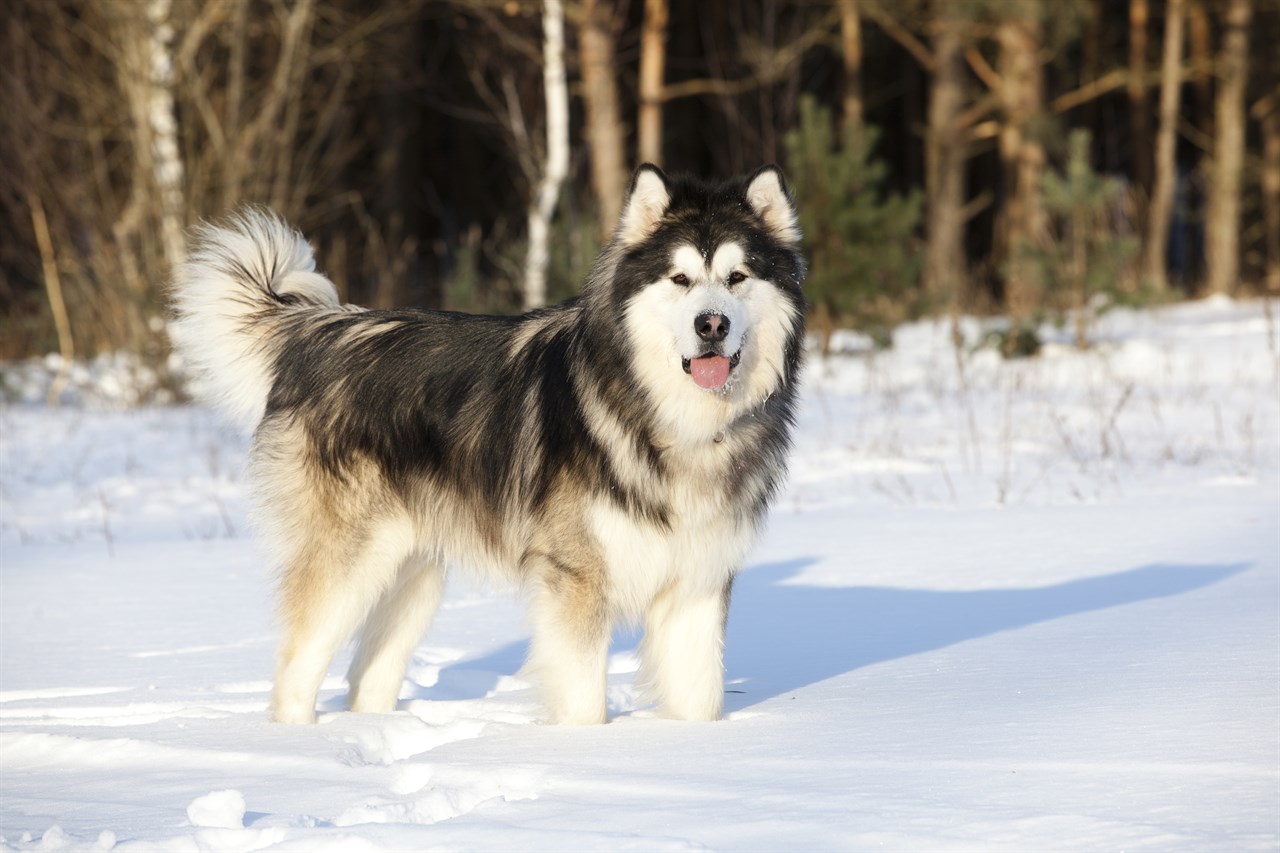Shedding Characteristics of the Alaskan Malamute

Alaskan Malamutes are known for their striking appearance, which includes a thick double coat designed to protect them from the harsh Arctic cold. However, this impressive coat also means that they are prolific shedders. Let's explore the shedding characteristics of Alaskan Malamutes and address the common question: "Do Malamutes or Huskies shed more?"
Double Coat
Alaskan Malamutes have a dense double coat consisting of an outer layer of coarse guard hairs and an insulating undercoat of soft, fluffy fur. This double coat is what enables them to withstand frigid temperatures, but it also contributes to their shedding.
Seasonal Shedding
Malamutes typically experience two major shedding seasons each year, known as "blowing coat." During these times, which usually occur in the spring and autumn, they shed their undercoat to prepare for the changing weather. This shedding can be quite heavy and may last several weeks.
Regular Maintenance
To manage shedding, regular grooming is essential. Brushing your Malamute's coat several times a week, especially during shedding seasons, helps remove loose fur and prevents it from accumulating around your home.
Bathing
Occasional bathing can also help control shedding by removing loose hair and keeping the coat healthy. However, avoid excessive bathing, as it can strip the coat of its natural oils.
Do Malamutes or Huskies Shed More?
Both Alaskan Malamutes and Siberian Huskies are breeds that shed quite a bit due to their double coats designed for cold weather. It's challenging to definitively say whether one breed sheds more than the other because shedding can vary among individual dogs and is influenced by factors such as genetics, health, and grooming practises.
However, some general differences can be noted:
- Siberian Huskies often have a more varied coat colour, including distinctive markings and a wide range of eye colours. Their coat may be somewhat shorter and denser than that of Malamutes, which could contribute to a perception of slightly less shedding.
- Malamutes, being larger than Huskies, have more overall fur, which can result in more significant shedding, especially during blowing coat seasons.
In summary, both breeds shed a substantial amount, and managing shedding requires consistent grooming and maintenance. The choice between a Malamute and a Husky should be based on other factors like their temperament, exercise needs, and suitability for your lifestyle rather than their shedding tendencies, which are relatively similar.
Alaskan Malamute puppies for sale
- Find Alaskan Malamute puppies for sale in ACT
- Find Alaskan Malamute puppies for sale in NSW
- Find Alaskan Malamute puppies for sale in NT
- Find Alaskan Malamute puppies for sale in QLD
- Find Alaskan Malamute puppies for sale in SA
- Find Alaskan Malamute puppies for sale in TAS
- Find Alaskan Malamute puppies for sale in VIC
- Find Alaskan Malamute puppies for sale in WA